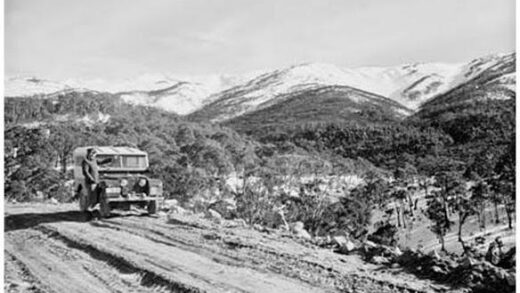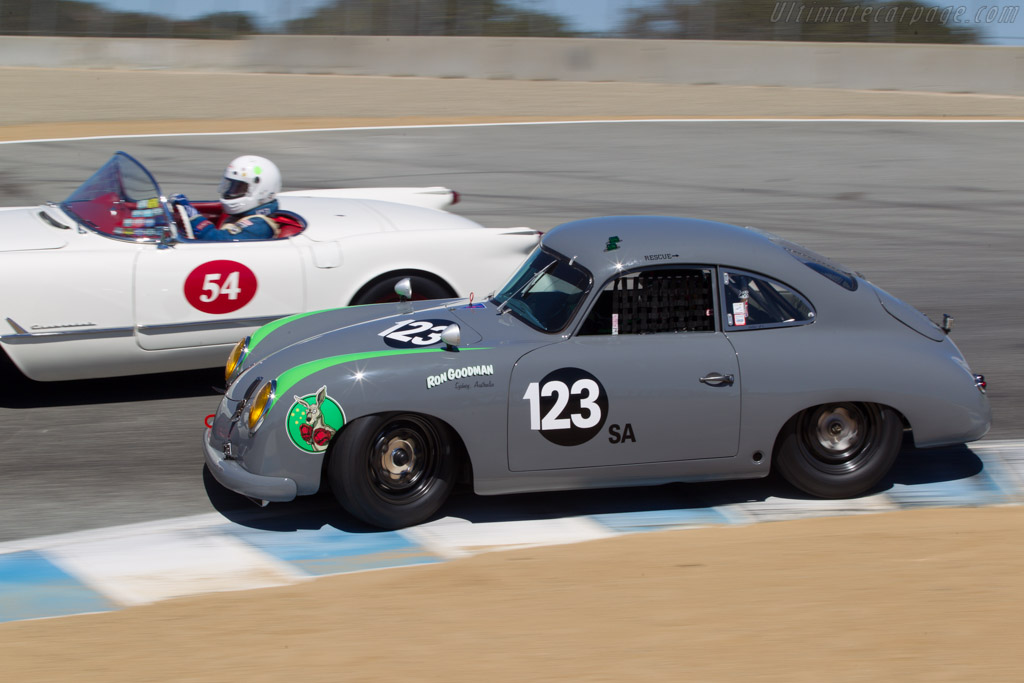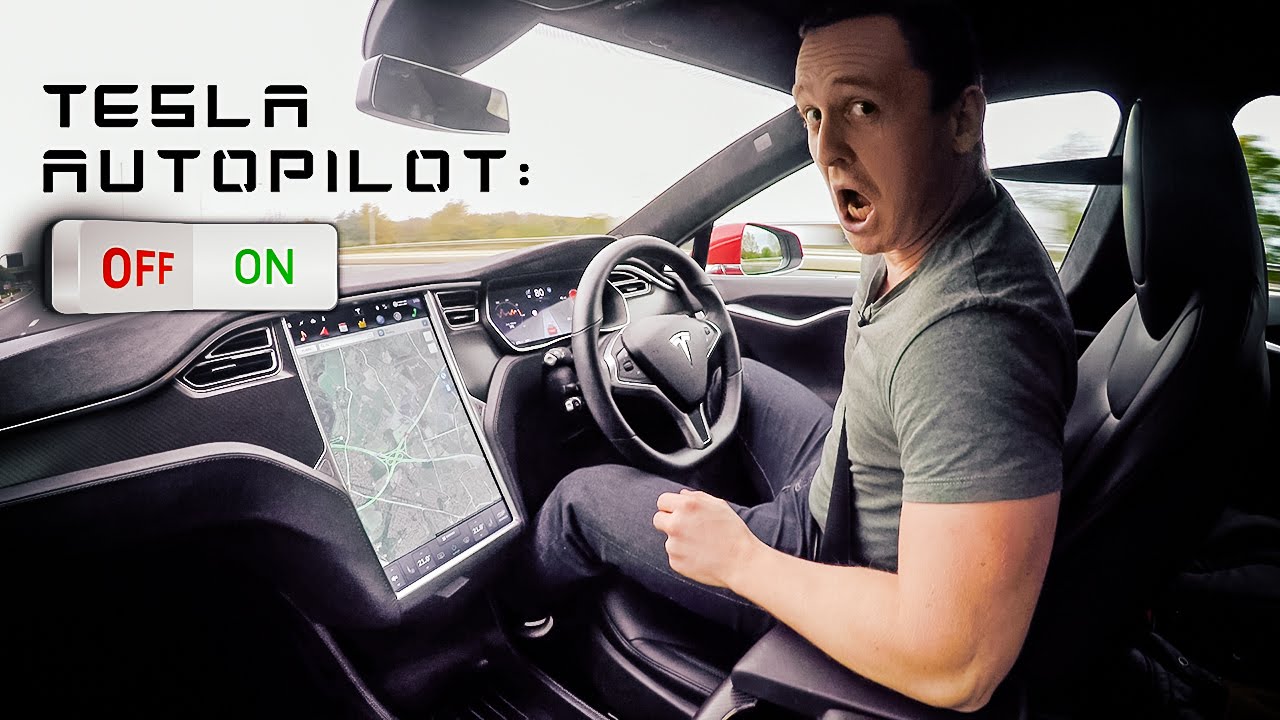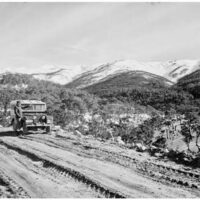In a previous item we noted how Hino trucks had released new vehicles with a strong focus on road safety. Scania has now launched a new generation of trucks across its whole range. At the launch we had a chat with a range of their international executives that covered their strong push into sustainability in all its forms and the design of trucks that have to serve the drivers and operators but also the community in which they work.
We began with a conversation with Alexander Mastrovito, their Head of Sustainability for Asia and Oceania.
DB: A trucking company having a sustainability manager. Is this a term that wouldn’t have existed 10 years ago?
AM: Absolutely and I see this as one of the first tell-tale signs that this is something that is becoming more and more integrated into our industry. It doesn’t only exist as a headquarters’ position but also out in all the different markets where we operate. Sustainable means different things to different people.
DB: There is both the environmental issue and there’s also the business sustainability. Is that a balance you have to work to?
AM: Absolutely. And it’s not only those two where we talk about sustainability. We have to take into account the economic side of it; the environmental side of it; and also the societal side of it so that’s the kind of three pronged theory that we usually work from.
DB: And what you learn can be benefits that you can share with your customers, big companies, in terms of recycling and things.
AM: Yes, for sure. When we look at our customers as well. If we seem to be doing something then we’re doing it as a drive or a shift as a collective. So it’s not just lip service.
DB: Because you’re getting such telematics data it’s no longer that you sell a truck and then you might see the customer in month’s time for a service. This has changed the relationship with customers.
AM: The traditional way of doing this business, you could go for months, even years without meeting your customer. Once they bought the truck you would not have contact with them for a long time. They might even disappear completely forever. But now with connected vehicles we have a constant interaction with them. If you add on top of that, driver training with coaching then you might see yourself talking to each and every customer on a monthly basis. So it’s completely different. It’s much easier. And of course that’s beneficial to us but I think it’s beneficial to the customers as well that they know that they will be taken care of throughout the life cycle of the vehicle.
We then spoke to Martin Toomey, the Director of sales in Australia. He made a number of very pertinent points.
The amount of information coming from the truck has changed the way that drivers and managers interact. It is no longer just opinion but there are specific numbers that say how well the truck is being driven. This has removed some of the adversarial interaction between managers and drivers.
The nature of the driving task is changing. No longer are you sending a driver out and not hearing from him or her for 10 hours. In the past the driver had to handle situations as they arose but now the manufacturer and the operator are getting information about the truck in real time. Drivers are now being less of the lonely maverick and more of having to interact with changing schedules and other operational issues.
There is also a concern that I raised at the IPWEA conference of swamping the truck driver with too much information so that they no longer listen closely to what is being communicated.






